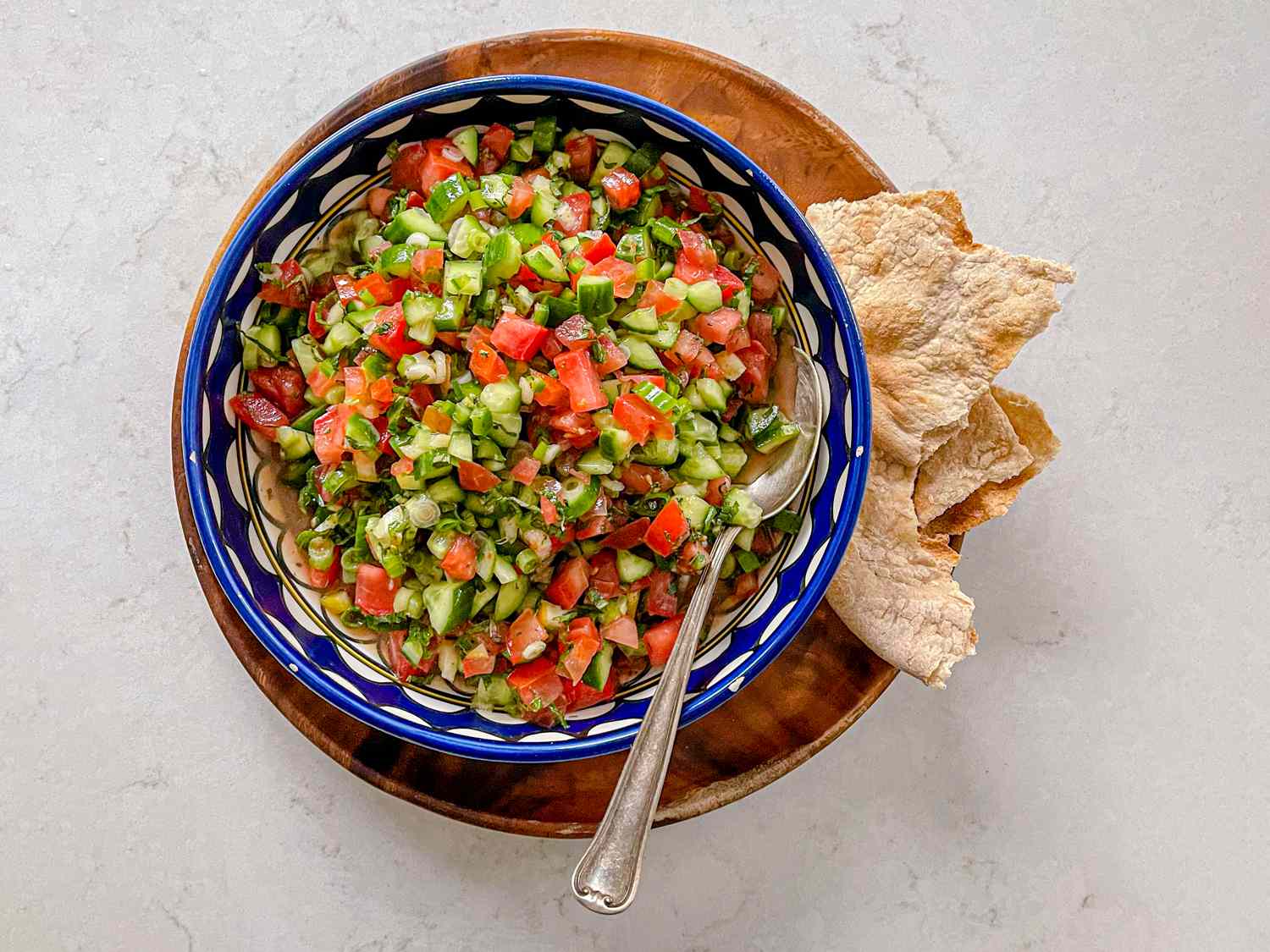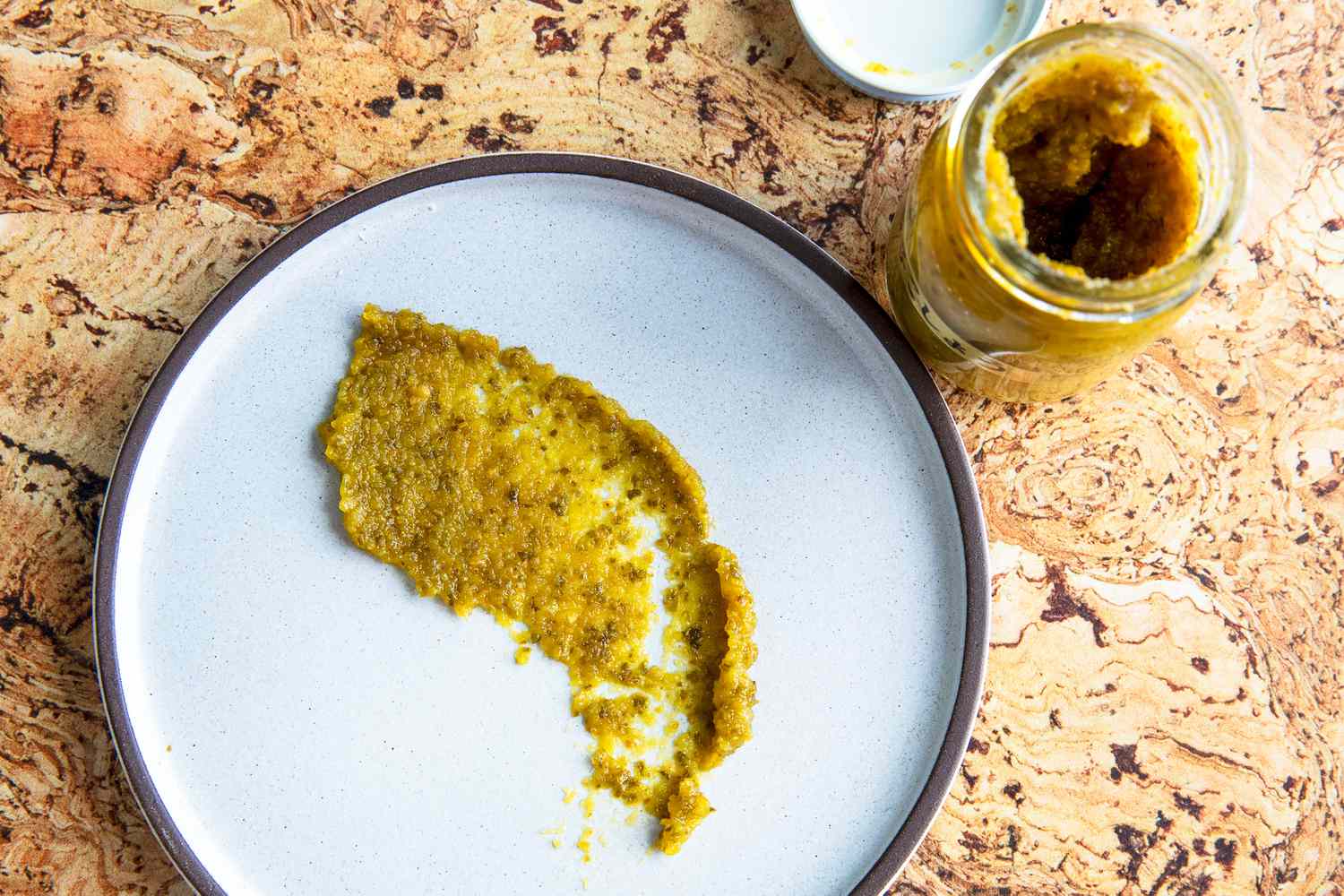Understanding Tomato Aspic: A Classic Dish Explained
Tomato aspic is a classic dish that has been enjoyed for generations. This savory gelatin dish is made from tomato juice, gelatin, and various seasonings, and it is typically served cold as an appetizer or side dish. While tomato aspic may not be as popular as it once was, it still holds a special place in the hearts of many food enthusiasts.
Ingredients
The key ingredients in tomato aspic include:
- Tomato Juice: The base of the dish, providing the distinct tomato flavor.
- Gelatin: Used to set the tomato juice into a firm, yet jiggly, consistency.
- Seasonings: Common seasonings include salt, pepper, and sometimes a hint of hot sauce for a bit of heat.
- Additional Ingredients: Some recipes may call for the addition of diced vegetables, herbs, or even seafood to add texture and flavor.
Preparation
The process of making tomato aspic involves heating the tomato juice and dissolving the gelatin into it. Once the mixture has cooled, it is typically poured into a mold and refrigerated until set. The result is a wobbly, flavorful dish that can be sliced and served on a plate.
History
Tomato aspic gained popularity in the mid-20th century, particularly in the United States, as a refreshing and elegant dish for luncheons and dinner parties. Its bright red color and unique texture made it a standout addition to any table. While it may not be as commonly served today, it still holds a nostalgic charm for those who remember it from decades past.
Serving Suggestions
Tomato aspic can be served in a variety of ways. Some enjoy it simply sliced and plated with a dollop of mayonnaise or a sprinkle of fresh herbs. Others may use it as a base for seafood salads or as a colorful accompaniment to cold cuts and sandwiches. Its versatility allows for creative presentation and pairing with different dishes.
Conclusion
While tomato aspic may not be as widely known as it once was, its place in culinary history is undeniable. Whether you’re a fan of retro recipes or simply curious about trying something new, tomato aspic is a dish worth exploring. Its vibrant color, refreshing flavor, and unique texture make it a standout addition to any meal, and its timeless appeal ensures that it will continue to be enjoyed for years to come.
So, the next time you come across a recipe for tomato aspic, don’t hesitate to give it a try and experience a taste of culinary nostalgia.
Was this page helpful?
Read Next: What Is A Substitute For Ditalini Pasta?











